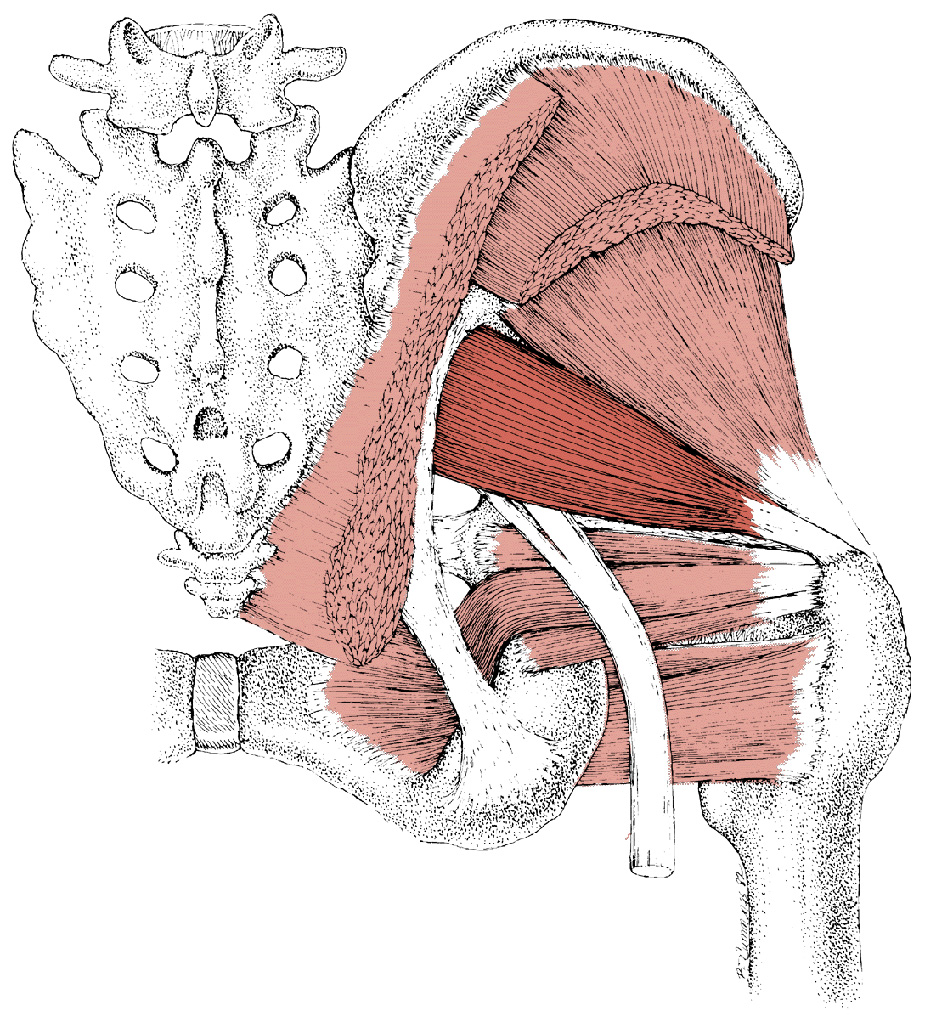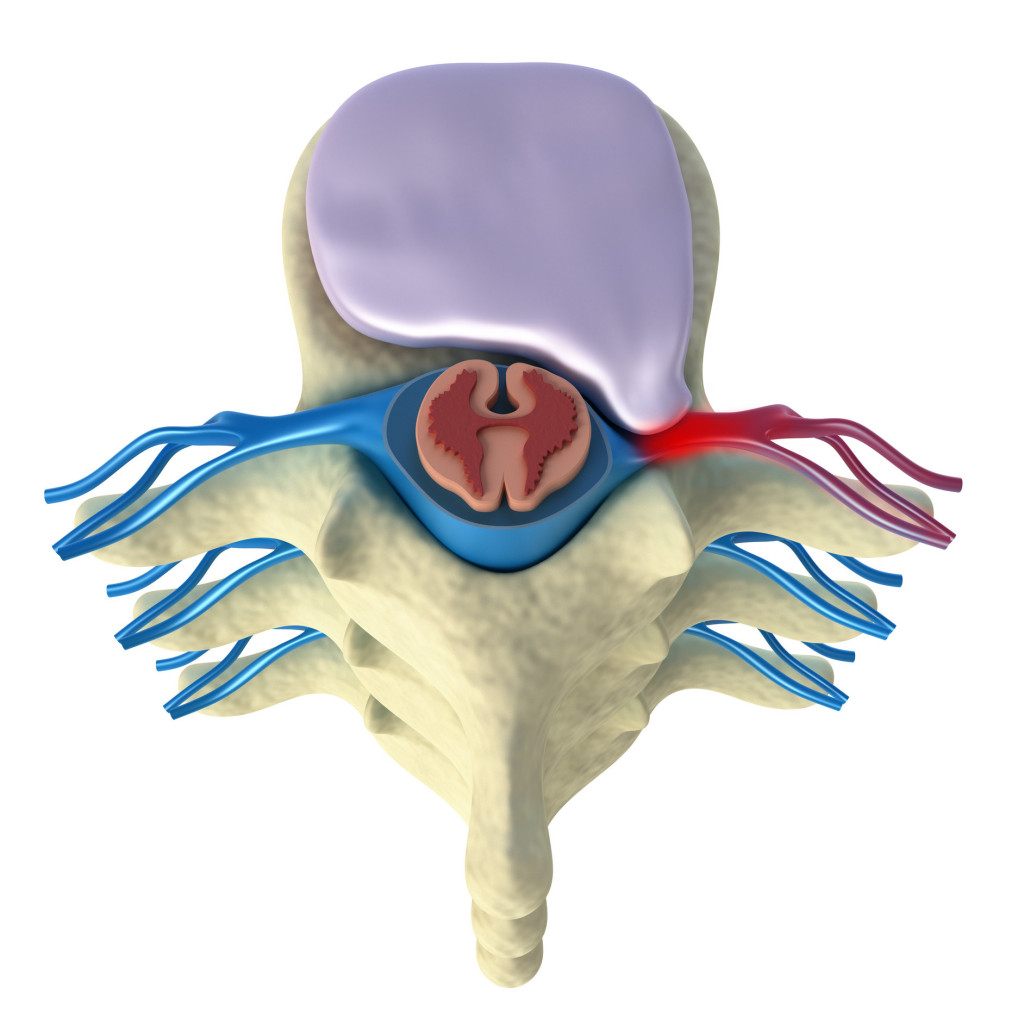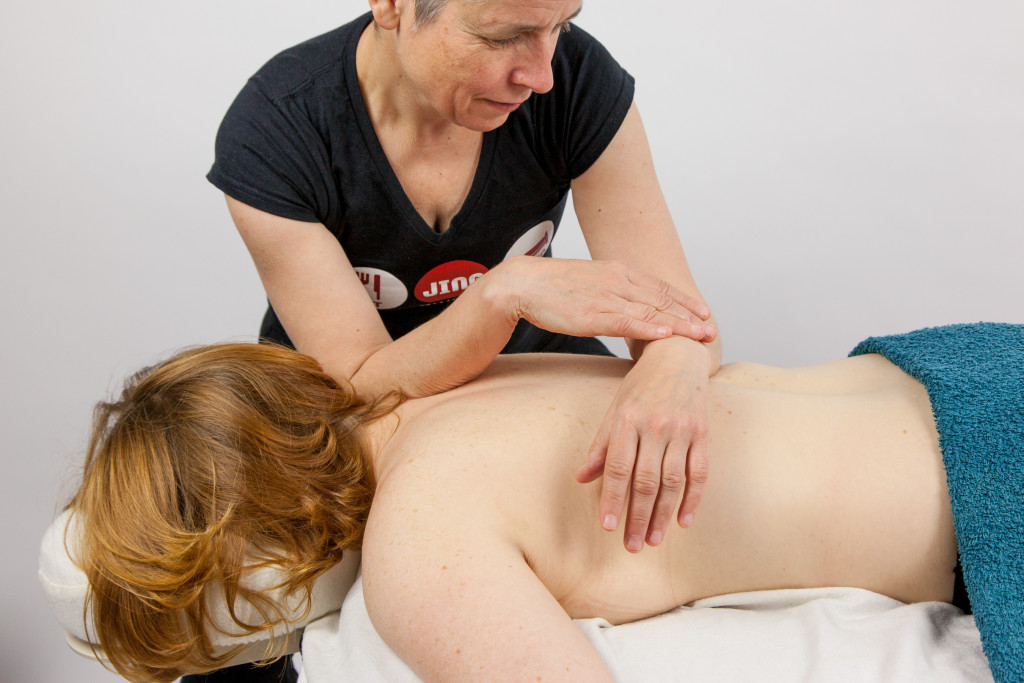Scared of Sciatica? Petrified of Piriformis Syndrome? Low Back Pain: Lose the fear!
“Sciatica is a symptom not a diagnosis”
Over the length of my bodywork career, I have collected a number of great “soundbites” about massage; pithy little quotes that encapsulate great principles or ideas in a few words. I remember scrawling “sciatica is a symptom not a diagnosis” on my notes many years ago when dozing off during a neurology lecture and it pops into my head every time I treat a client with this condition.
Quite simply, the term sciatica indicates that there is irritation or compression of the sciatic nerve. In this sense it is NOT a diagnosis, as we still don’t know the cause of the irritation. Being informed about the possible causes can help us to carry out an accurate assessment and provide relief for this common and debilitating condition.
What is the sciatic nerve?
If you are ever lucky enough to have the question “What is the longest and thickest nerve of the body” in a pub quiz you can be confident that the answer is the sciatic nerve. The sciatic nerve measures just under an inch in width, similar to the diameter of your little finger and runs from the lower spine, through the pelvic area, and down through the hip and back of the leg.
The sciatic nerve performs two basic functions:
- Sensory: It sends signals to your muscles from the brain
- Motor: It collects sensory information from the legs and passes this back to your brain.
Conditions such as sciatica can therefore potentially affect both sensory functions resulting in pain; and motor functions leading to muscle weakness.
Signs and symptoms of sciatica
If the sciatic nerve gets compressed in any way it can cause the common symptoms of sciatica which include:
- Shooting pains from the buttock, down the leg
- Tingling, or pins-and-needles sensations in the legs and thighs
- A burning sensation in the thigh
In addition, clients with sciatica may notice a worsening of their symptoms with actions such as squatting or coughing. These maneuvers can increase pressure around the nerve and magnify the symptoms of sciatica.
Causes of sciatica
The key to providing an effective soft tissue treatment for sciatica hinges on an accurate assessment of the causes of the nerve irritation.
Common causes for sciatic nerve compression include:
- Lumbar disc herniation
- Spinal stenosis or other degenerative conditions of the spine
- Piriformis syndrome
Red flags
It is important to be aware of “red flags” for sciatica- these are warning signals that the condition is being caused by something more serious such as an infection of the spine or cancer. If your client is presenting with any of the below they would need to see their GP before treatment if they have not already done so:
- Age of onset is less than 25 or over 55 years
- Recent violent trauma, e.g, fall, accident
- Constant, progressive, non-mechanical pain.
- Bilateral leg pain (numbness or tingling down both legs)
- Drug use
- HIV
- Cancer or previous diagnosis of carcinoma
- Widespread neurological signs and irritation
- Systemically unwell
- Recent weight loss
In addition it is extremely important to refer back to the GP if the client presents with any of the following symptoms. These may indicate that the client has severe compression of the nerve roots exiting from the base of the spine (cauda equina or “horses tail”).
Cauda Equina Syndrome
- Difficulty or increased frequency of urination
- Loss of anal sphincter control
- Saddle anesthesia around anus, perineum and genitals (in other words, numbness that is in the area of where you would sit on a saddle)
- Weakness in one leg
I find that many massage therapists are terrified about contra indications and can actually go the other way of not providing treatment when it would be appropriate. It is important for massage therapists to realize that the red flags above are warning signals that would warrant further medical investigation. If however, the GP rules out organic causes such as tumours or spinal infection then soft tissue treatment can be highly effective.
Disc Herniation
One cause of sciatica is a herniated spinal disc. The disc is like a water filled spongy balloon that sits in between the vertebrae and acts a shock absorber to the normal daily forces that impact on the spine. You can also think of the disc as a bit like a jam doughnut with a spongy outer layer and a softer more liquid substance in the middle. In a disc herniation, the spongy outer layer wears down causing the inner disc material (the “jam”) to leak out and harden. (fig 1) The spinal nerves therefore get compressed and people then experience the symptoms of pain, weakness, and numbness.
How do I know if my client has a herniated disc?
Clients with acute herniated disc often present with extreme pain of sudden onset that is worse when coughing, sneezing or “bearing down as in evacuating the bowels”. Visually their upper body may be totally shifted away from the side in pain.
If you suspect your client has a herniated disc, refer them back to their GP. However it is important to realize that many of us show signs of degeneration of discs under MRI without having a corresponding pain problem so medical tests may be of limited use.
Research has shown that many people with no low back pain or sciatic symptoms have huge bulging discs when examined with MRI. Conversely there are other patients with teeny weeny or no bulging discs who are in tremendous pain. The science of pain is very complex and we now know that other causes such as thoughts, feelings and beliefs about the condition can have a big impact on our sensation of pain.
The majority of low back pain (85%) is now classified as “non -specific” i.e.: there is no identifiable structural cause such as herniated discs, spondylitis or irritated facet joints.
It is important to educate your client that it is likely their back is not “damaged” if they are experiencing sciatica – this belief is likely to lead to non helpful behaviours such as moving less, staying off work etc.
Piriformis Syndrome
Another common cause of sciatica is piriformis syndrome- good news for massage therapists as we can get extremely good results with this condition. The American College of Physicians found that the weight of the evidence-based medicine is that piriformis syndrome should be considered as a possible diagnosis when sciatica occurs without a clear spinal cause.
This condition refers to entrapment of one or both divisions of the sciatic nerve by the piriformis muscle in the gluteal region.
Entrapment of sciatic nerve: The sciatic nerve normally runs from the anterior sacrum through the greater sciatic notch of the ilium, underneath the piriformis and over the top of the other 5 deep lateral rotators (fig 2). The nerve most commonly gets trapped between the inferior border of the piriformis muscle and the superior border of the sacrospinous ligament (this lies just underneath the piriformis). Cadaver dissections have also shown us that there can be considerable anatomical variations in the path of the sciatic nerve, in some cases the nerve actually running through the muscle itself.
Entrapment of superior gluteal nerve: The superior gluteal nerve also exits through the greater sciatic notch but travels superior to the piriformis muscle on its way to the gluteals. Tightness in the superior portion of the piriformis can therefore trap the superior gluteal nerve against the greater sciatic notch. Symptoms usually include aching buttock pain and weakness of abductors of the hip.
Causes:
- Tight muscles due to prolonged sitting etc
- Compression from an external structure ie: wallet in back pocket
- Acute injury from fall or blow to buttock region
How to Treat Sciatica through advanced massage techniques
Massage is fantastic for sciatica so don’t be afraid to treat! Any techniques or soothing aromatherapy oils that you know that will relax the muscles will be great! Your biggest concern will be to ensure client comfort – prone position is not always comfortable for a prolonged period for low back pain sufferers. Your client will probably need a small bolster or pillow under the belly or if necessary be treated in a sidelying position
Our own rationale to treating all low back and sciatic pain is based on our pioneering approach – the Jing Method. This is an exciting combination of advanced massage and fascial approaches that aims to reduce clients pain in 1-6 weekly treatments, The Jing method comprises several different techniques that can be remembered by the mnemonic HFMAST:
H – Use of heat or cold
F- Fascial techniques
M- Treating all the muscles around the joint for trigger points
- use of acupressure points
S- Stretching
T- teaching the client self care suggestions
Once you have ascertained the likely cause of the sciatic nerve entrapment you can provide an appropriate treatment. Entrapment by the piriformis muscle can typically be treated quickly and effectively by soft tissue work; a lumbar disc herniation will typically need more sessions and a more gentle approach in the acute stage. Both piriformis syndrome and clients with a herniated disc who are not in the acute stage will respond well to the above treatment protocol.
I hope that this article has given you some insight into the powerful work that massage therapy can do in treating the pain symptoms associated with sciatica. There is nothing more rewarding and powerful than to feel that you are truly helping people out of pain. This will have a huge effect on you and your clients. Your business will naturally grow and so will your confidence in your profession.
About Rachel Fairweather and Jing Advanced Massage
| Rachel Fairweather is co-founder and director of Jing Advanced Massage. An acclaimed teacher and guest lecturer, she has been a massage therapist for 25 years and is co-author with Meghan Mari of the book “Massage Fusion: the Jing method for the treatment of chronic pain” published by Handspring Publishing. Based In Brighton, London and Edinburgh, Jing run a variety of courses in advanced techniques to help you build the career you desire including a BTEC level 6 (degree level) in advanced clinical and sports massage – the highest level of massage training in the UK.
Our short CPD courses include excellent hands on learning in a variety of techniques including advanced stretching, trigger point therapy, myofascial release, pregnancy and hot stone fusion. For the first time you are now able to learn these techniques at your own time and pace with our revolutionary new online courses and webinars. Want to find out more? Please contact us at: |
Tel: 01273 628942
Email: [email protected]
Website: www.jingmassage.com
Twitter: @JingInstitute
Facebook pages www.facebook.com/pages/JING-Institute-of-Advanced-Massage-Training/133660816698821
Best of the web
- Casinos Not On Gamstop
- Non Gamstop Casino
- Non Gamstop Casinos
- Casino Sites Not On Gamstop
- New Betting Sites
- Non Gamstop Casino
- Non Gamstop Casino Sites UK
- Sites Not On Gamstop
- Non Gamstop Casino UK
- Casinos Not On Gamstop
- Casino Not On Gamstop
- Casino Not On Gamstop
- Non Gamstop Casino Sites UK
- Non Gamstop Casino Sites UK
- Non Gamstop Casinos UK
- Casino Sites Not On Gamstop
- Slots Not On Gamstop
- UK Betting Sites
- UK Casino Not On Gamstop
- Non Gamstop Casino UK
- Casinos Not On Gamstop




